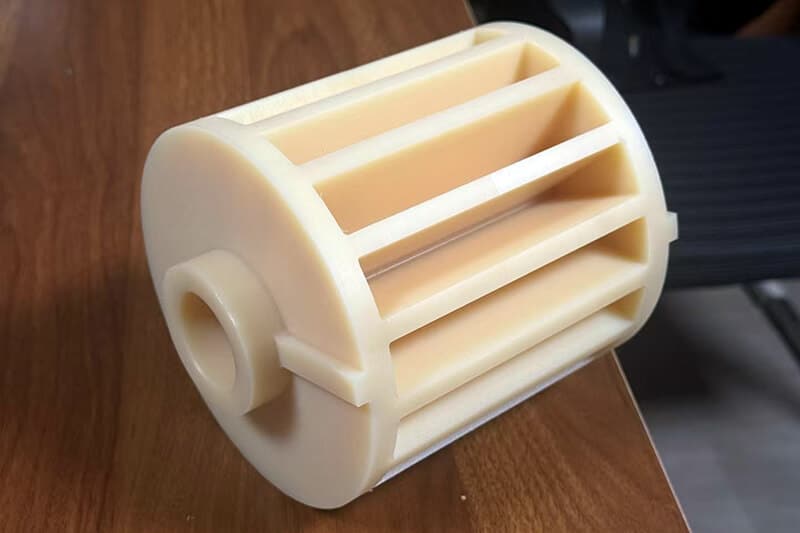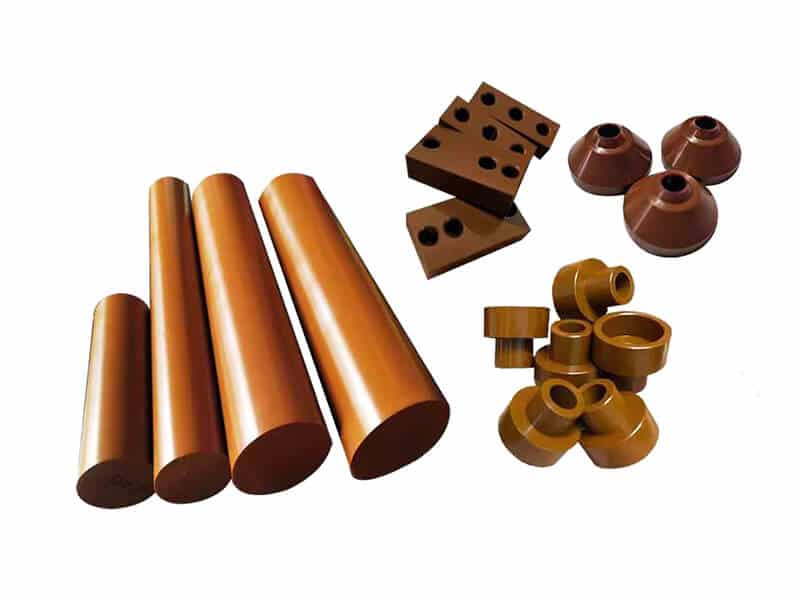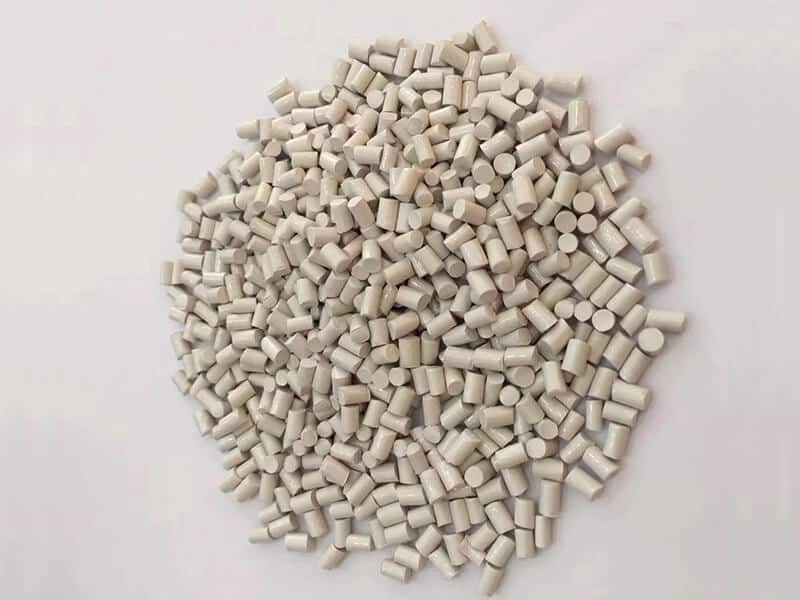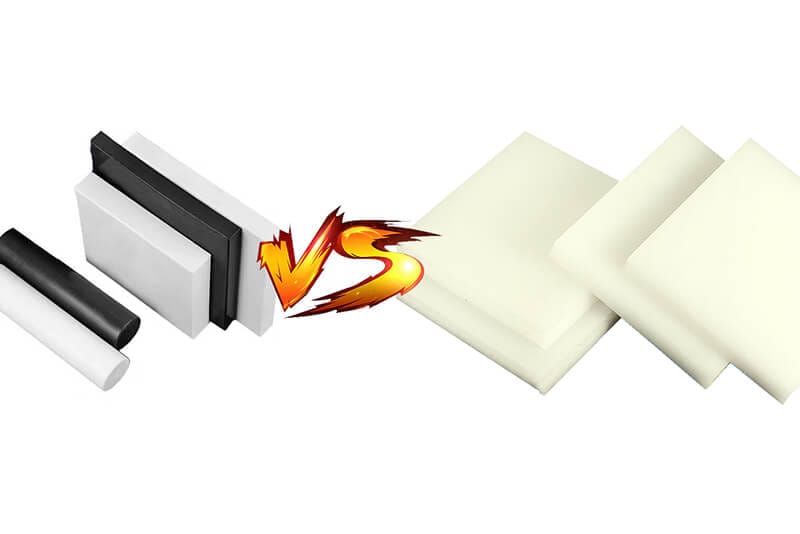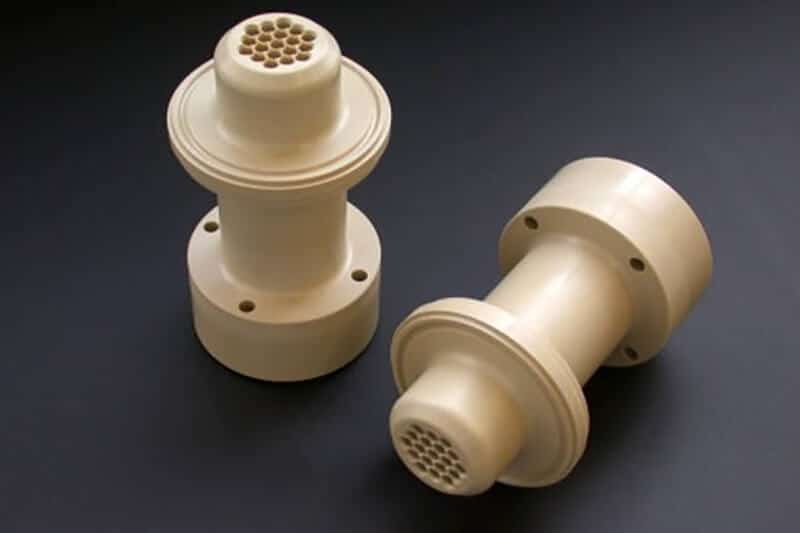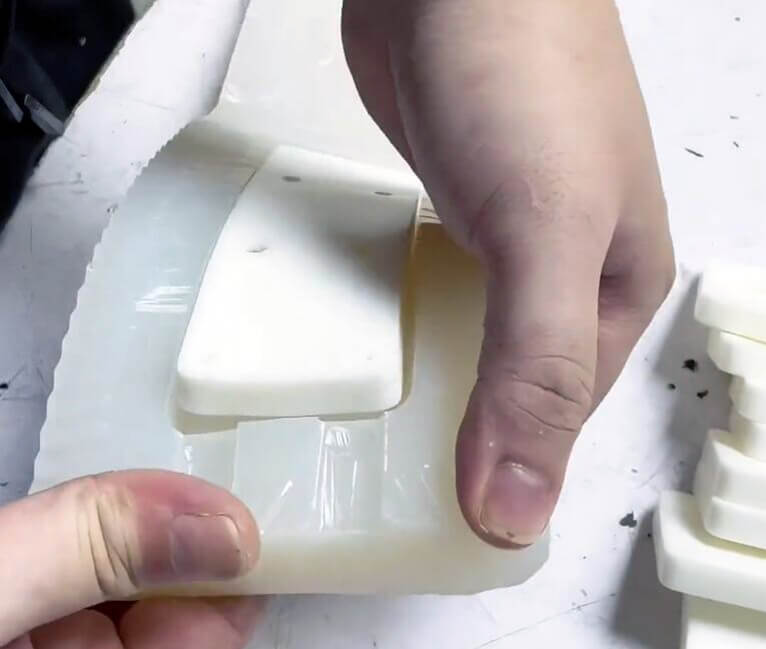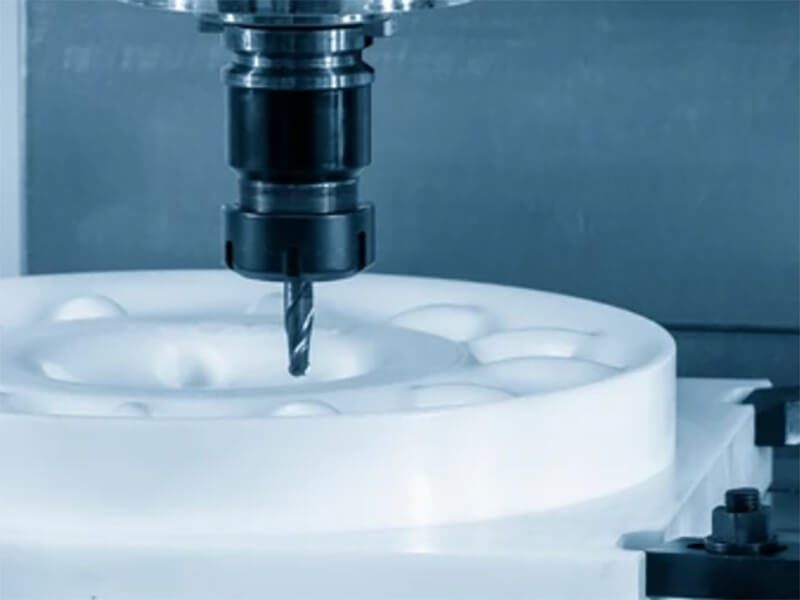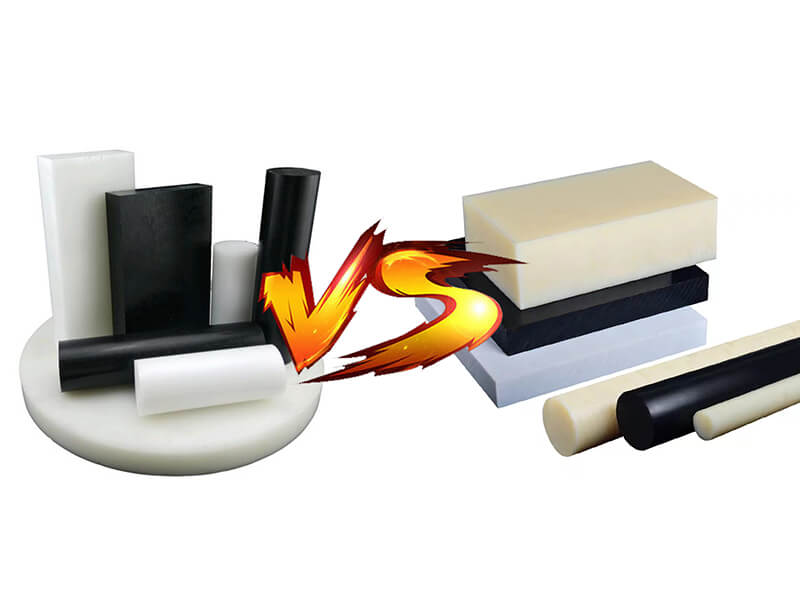ABS Plastic Manufacturing: Exploring Excellence and Industry Impact
Discover the secrets of ABS plastic production—explore excellence, innovation, and its impactful role across industries.

ABS is the future plastic for all the popular manufacturing industries, because of the outstanding and necessary properties, this thermoplastic is changing the complex part manufacturing easily and fast.
In addition, this plastic material is considerably cheap and available widely. As we go deeper in this article, we will explore the excellence and industry impacts of this amazing thermoplastic.
What Is Thermoplastic
There are two main classes of polymer materials such as thermoplastic and thermosets. Where thermoplastic gets softened and reshapes at a certain temperature. On the other hand, thermosetting plastics do not convert into liquid and reshape when cooled.
However, thermoplastics are made with joining monomers known as small molecules. The molecules made a long polymer chain with the help of the polymerization process. Then the atomic connection of the chain remains strong with the covalent bond.
In addition, the force between chains remains weak which helps the thermoplastic melt at a certain temperature and reshape when being cooled.
How ABS Plastic is Made?
Acrylonitrile Butadiene Styrene or ABS is a known thermoplastic that is becoming popular for its chemical and mechanical properties. However, ABS polymers are made by polymerizing three components that save certain molecular structures and properties.
Acrylonitrile
This element improves the chemical resistance and heat resistance. Acrylonitrile also adds hardness and strongness to the ABS plastic to increase durability. This compound is available in liquid form with a colourless appearance.
Butadiene
This component exhibits elasticity and toughness that ensure impact resistance. It is available in gas form but becomes rubbery when it comes in contact with temperature. It is also colourless and remains durable in heating situations. That’s why ABS plastics are performing better in the automotive industry.
Styrene
The main part of this component is to react when it gets into a molecular connection. However, styrene improves the aesthetic looks by improving the transparency, glossy finish, and appealing visual improvements.
Overall ABS thermoplastic is made with 5-30% butadiene, 15-35% acrylonitrile, and 40-60% styrene component. Those components evaluate the properties of ABS plastic and make it capable of industrial use.
ABS Thermoplastic Properties
Besides the polymerizing ABS with beneficial components, it exhibits a great amount of property value. Here are some properties that make the ABS useful in various industries and applications.
Physical Properties
The physical properties of ABS plastic ensure how it can be measured without changing its identity. In other words, it refers to the melting point, density, thermal conductivity, electrical conductivity, etc.
Mechanical Properties
Mechanical property refers to the result when the plastic responds to forces. In other words, this property of ABS explains how the material will react to impact, vibration or shock, UV rays, etc. However, mechanical properties vary with the nature of the formula and used components.
Chemical Properties
The chemical properties of ABS ensure bio-compatibility and non-toxic nature. That’s why the medical device and equipment manufacturing industry is adopting this thermoplastic. However, ABS resists most of the common acids and alkalis with vegetable and animal fats.
| Property | Value | Unit |
|---|---|---|
| Processing Temperature | 76-240 | °C |
| Melting Point | 105 | °C |
| Density | 1.04 | g/cm³ |
| Tensile Strength | 40 | MPa |
| Thermal Conductivity | 0.02 | W/(m·K) |
| Elongation at Break | 10 – 50 | % |
| Dielectric Strength | 15.7 – 34 | kV/mm |
| Gloss | 40-96 | % |
| Water Absorption | 0.5-1.8 | % |
| Fire Resistance (LOI) | 19 | % |
| Shrink Rate | 0.4-08 | % |
| Elasticity | 1.9-2.5 | MPa |
Reason Behind the Popularity of ABS Plastic Across Various Industries
ABS thermoplastic gained a wide range of applications covering its outstanding properties. Here are the properties that made this polymer popular across the manufacturing world.
Impact Resistance
The colourless gas butadiene element projects impact resistance properties for ABS plastic. In other words, this thermoplastic is capable of withstanding any physical stress and shock without breaking and cracking.
Lightweight
As we know, ABS has lower density which makes it a lightweight material. On the other hand, this advantage makes this thermoplastic suitable for versatile manufacturing industries.
Thermal Stability
Most of the plastic products react when the temperature conditions change. However, ABS plastic exhibits excellent thermal stability. It keeps its structural integrity unchanged in hot and cold temperature conditions. That makes it suitable for the aerospace and automotive parts-making industry.
Chemical Resistance
The chemical structure of ABS plastic is chemical resistant by birth. It absorbs low levels of water with a non-reactive nature with chemicals like acids, alkalies, vegetable fats, animal fats, and mineral oils
Easy Formability
Unlike thermosets, ABS is an easily formable plastic. However, ABS plastic projects a low melting point with low density. So, it changes the structural integrity and converts into new shapes with a certain amount of thermal pressure.
Durability
The acrylonitrile component of ABS projects chemical and impact resistance. So, this polymer can withstand outside impact and remain unbreakable for long. Overall, the wear-resistant advantage increases the possibility of lasting for a long time without changing integrity.
Easily Recyclable
The easy recyclable advantage made this plastic suitable for so many applications. This also demonstrates the versatility and multipurpose usability.
Popular ABS Thermoplastic Applications
Here are the popular applications that use ABS for their equipment and part manufacturing.
Instrument Equipmen
ABS polymer has a good dimensional integrity that makes it suitable for musical instruments. It also provides good soundproofing ability. However, tambourines, flutes, recorders, instrument racks, soundproof layers, etc are made with ABS plastic.
Gardening Tools
ABS is good for gardening tools as those tools need to be lightweight and durable. In that case, this thermoplastic is used for manufacturing rakes, hand tools, and shovels for nurturing gardens.
Prototyping
The easy formability feature made this ABS plastic suitable for prototyping. It also provides good dimensional stability that makes it suitable for complex part-making.
Medical Devices and Equipments
As we know, ABS is bio-compatible which makes it suitable for medical equipment and devices. On the other hand, this plastic doesn’t react with human cells and fluids.
Electrical Parts
Electric parts like computer cases, cable covers, and router racks need strong, durable, and electric insulating material. In that case, ABS projects a good amount of electrical insulation which makes it compatible with electric equipment and parts.
Household Supplies
High tensile strength and good thermal stability make ABS a proper polymer for household and kitchen stuff. Especially for decorating rooms with toys and other aesthetic elements, ABS is at the top of choices.
Automotive Parts
The properties of ABS thermoplastic evaluate its use in the automotive industry. From car bumpers to interior cabin decoration, the dashboard and central control box are manufactured with ABS polymer.
Final Words
ABS is known for its versatility. Over the years, it has become popular among manufacturing industries due to its usability and properties. In this article, we have tried to identify the excellence and industrial impact of ABS plastic.
UVTECO is a leading supplier of ABS plastic profile and parts/componengts in China, if you are looking for a trustworthy partner in ABS plastic parts, contact us now!
Related Blogs

Looking for a trustworthy Supplier
Need a Trustworthy Supplier of Plastic, Foam, Sponge, Rubber, Metal, and Machining Solution. Click the Button, We Will Be In Touch With You As Quickly As Possible.


